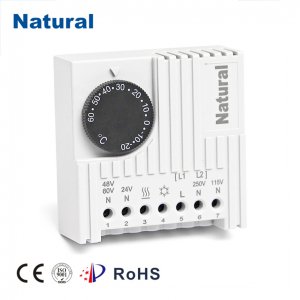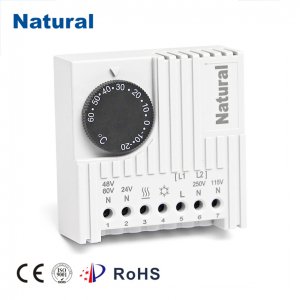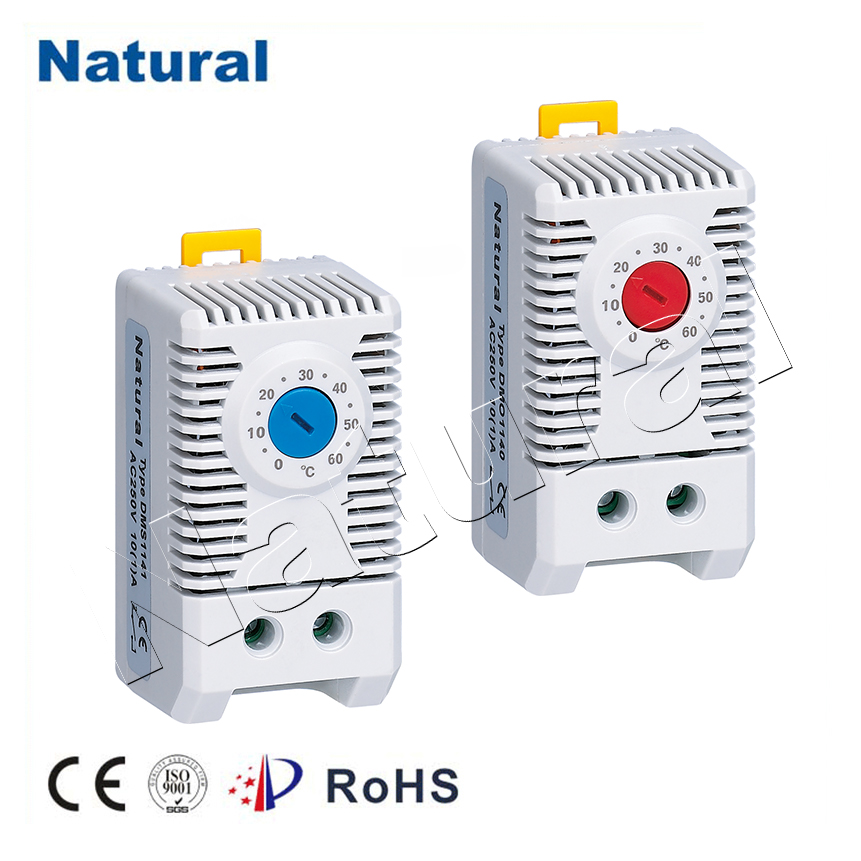A 24V thermostat is a vital component in modern heating, ventilation, and air conditioning (HVAC) systems, particularly for homes and small commercial spaces. This device plays a crucial role in regulating temperature, ensuring comfort while maintaining energy efficiency. Understanding how a 24V thermostat functions, its advantages, and installation process can help homeowners and professionals make informed decisions when upgrading or maintaining HVAC systems.

What is a 24V Thermostat?

A 24V thermostat operates using a 24-volt electrical system, typically used in heating and cooling systems. It is named for the 24 volts it uses to control the HVAC unit’s operations, making it distinct from higher voltage systems that might require 120V or 240V power. The 24V system operates through a transformer that reduces household power (120V) to a lower voltage, making it safe and efficient for controlling HVAC components like furnaces, air conditioners, and heat pumps. Thermostats, in general, are responsible for detecting the room temperature and signaling the HVAC system to either heat or cool the space as necessary. A 24V thermostat is common in residential applications because of its simplicity, affordability, and reliability.
